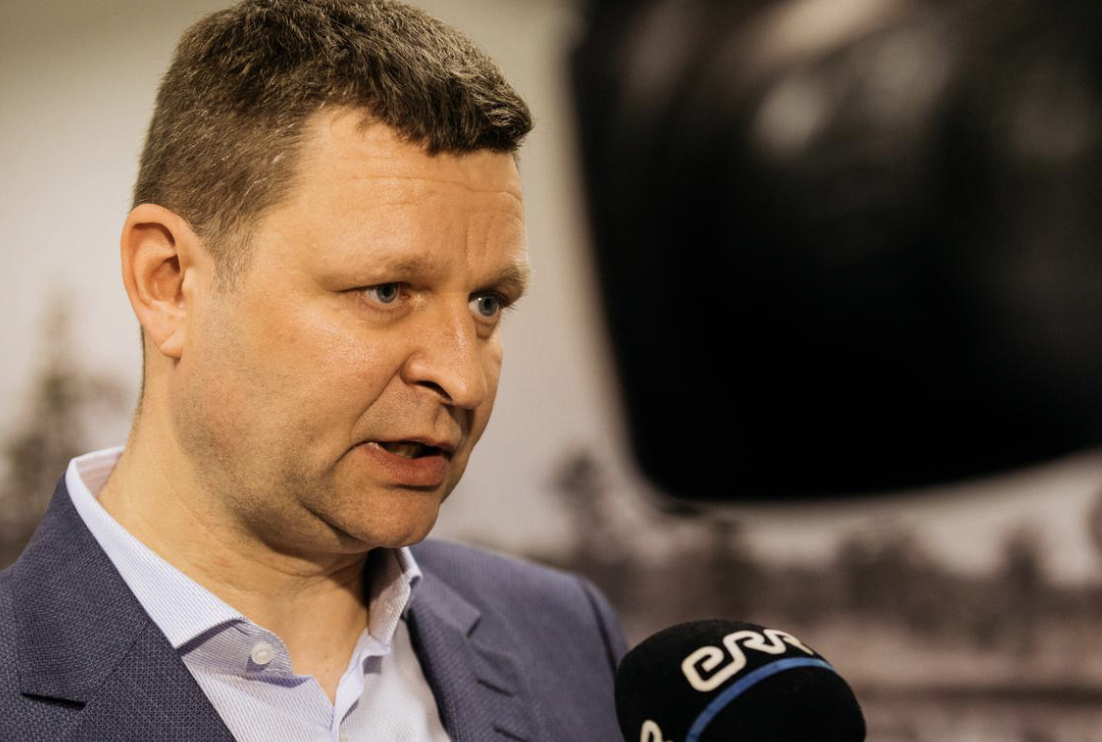Estonia’s Health Insurance Fund faces a deepening crisis as reserves run out by 2027. Outgoing chief Rain Laane warns efficiency measures can’t close deficits, urging greater state investment. A four-year plan targets stronger primary care, funding reform, and better health data use.
Estonia’s healthcare financing crisis is reaching a critical point, and outgoing Health Insurance Fund (Tervisekassa) chief Rain Laane is set to present a plan to the supervisory board to address escalating deficits. While the fund has recently been criticized for its summer retreat and new office space, the much larger issue is structural: with an aging population, longer life expectancy, higher demand for services and rising costs, the current financing system is no longer sustainable. Healthcare in Estonia is almost entirely funded through social tax revenues, but the current 13 percent from labor taxes and an additional 13 percent contribution covering non-working pensioners no longer meet the growing need. Reserve funds, which have covered shortfalls of hundreds of millions of euros annually, are expected to run out by 2027.
Laane has stressed that although efficiency gains can help — such as cutting duplicate tests, reforming family doctor financing, and reorganizing how health data is used — these alone will not balance the budget. Instead, political decisions will be required to determine whether healthcare should receive more state investment, as has already happened with defense, education, and internal security. The supervisory board can issue guidance, but it will be the government, through the Minister of Social Affairs, that must decide how to proceed.
The four-year development plan presented by Tervisekassa focuses on three key priorities. The first is strengthening primary care, especially addressing the shortage of family doctors, through both technological innovation and improved organization. The second priority is reforming the funding model; currently, 95 percent of healthcare financing is fee-for-service, an approach Laane argues is not sustainable and does not deliver the best outcomes. Outcome-based models, common in much of Europe, would improve results but require a political decision and a shift in system design. The third priority is reorganizing health data use. Current databases do not work seamlessly, partly due to legal restrictions. Better integration, combined with AI-driven forecasting, could ensure more forward-thinking decision-making.
Tervisekassa is also discussing reform of occupational health, aiming to link it more closely with family medicine and integrate employer spending into broader health outcomes. Another challenge is balancing private and state providers. Currently, 93 percent of specialist care is delivered by the public hospital network, with 7 percent purchased from private providers. While private clinics sometimes cherry-pick profitable services, Laane sees the ideal balance at around 7–10 percent, but emphasizes this is ultimately a political decision.
The system’s financial strain is evident. This year, the Health Insurance Fund was allowed to use retained earnings of €167.6 million, though the deficit for 2025 will still exceed €100 million. By 2027, these reserves will be depleted, requiring structural solutions rather than stopgaps. Laane warns against rushed or drastic reforms, given the system’s complexity, but insists decisions must be made soon before the funding gap becomes unmanageable.
As he prepares to resign, Laane leaves behind a fragile system in need of careful but decisive action. His successor, to be chosen in the coming months, will face the daunting challenge of steering Estonia’s health insurance system through a tightening financial bind while balancing efficiency reforms with the need for greater state investment.








